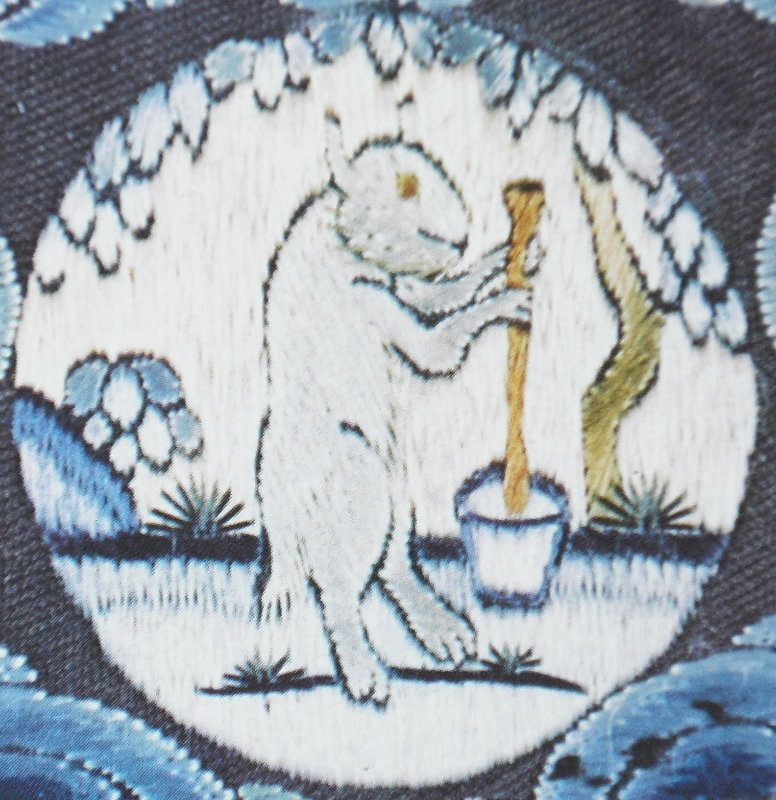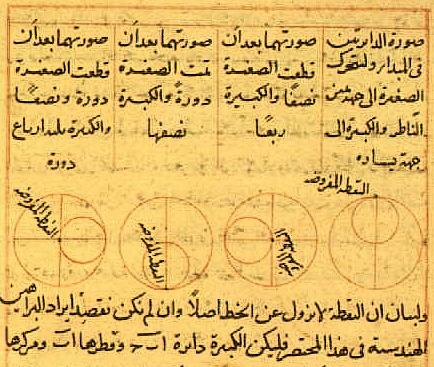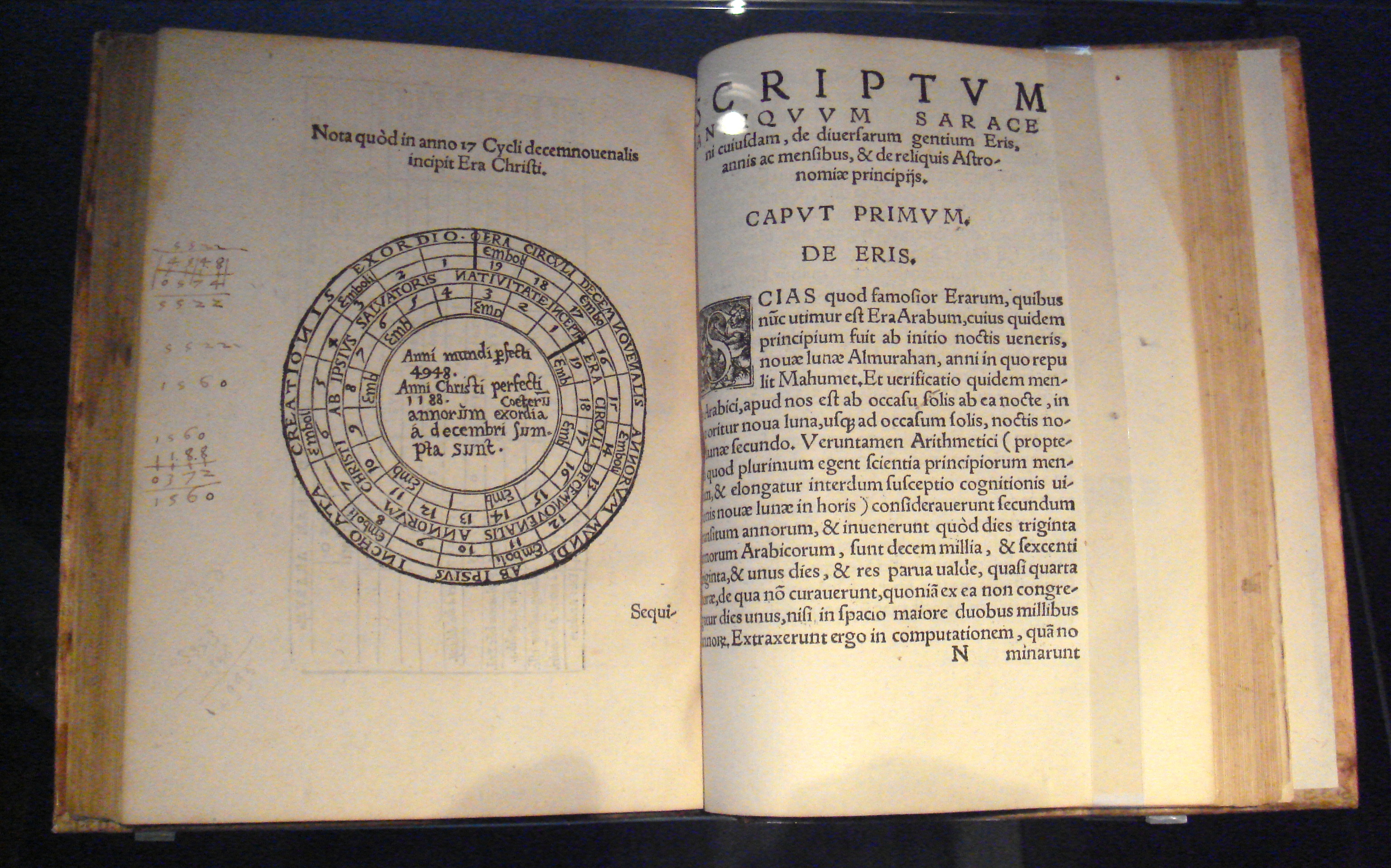|
Alchemy
Alchemy (from Arabic: ''al-kīmiyā''; from Ancient Greek: χυμεία, ''khumeía'') is an ancient branch of natural philosophy, a philosophical and protoscientific tradition that was historically practiced in China, India, the Muslim world, and Europe. In its Western form, alchemy is first attested in a number of pseudepigraphical texts written in Greco-Roman Egypt during the first few centuries AD.Principe, Lawrence M. The secrets of alchemy'. University of Chicago Press, 2012, pp. 9–14. Alchemists attempted to purify, mature, and perfect certain materials. Common aims were chrysopoeia, the transmutation of "base metals" (e.g., lead) into "noble metals" (particularly gold); the creation of an elixir of immortality; and the creation of panaceas able to cure any disease. The perfection of the human body and soul was thought to result from the alchemical ''magnum opus'' ("Great Work"). The concept of creating the philosophers' stone was variously connected with all of the ... [...More Info...] [...Related Items...] OR: [Wikipedia] [Google] [Baidu] |
Chinese Alchemy
Chinese alchemy is an ancient Chinese scientific and technological approach to alchemy, a part of the larger tradition of Taoist / Daoist body-spirit cultivation developed from the traditional Chinese understanding of medicine and the body. According to original texts such as the Cantong qi, the body is understood as the focus of cosmological processes summarized in the five agents of change, or Wuxing, the observation and cultivation of which leads the practitioner into alignment and harmony with the Tao. Therefore, the traditional view in China is that alchemy focuses mainly on longevity and the purification of one's spirit, mind and body, providing, health, longevity and wisdom, through the practice of Qigong, wuxingheqidao. The consumption and use of various concoctions known as alchemical medicines or elixirs, each of which having different purposes but largely were concerned with immortality. ''Pao zhi'' (炮制;''Pao chi'') or Processing (Chinese materia medica) is used ... [...More Info...] [...Related Items...] OR: [Wikipedia] [Google] [Baidu] |
Philosophers' Stone
The philosopher's stone or more properly philosophers' stone (Arabic: حجر الفلاسفة, , la, lapis philosophorum), is a mythic alchemical substance capable of turning base metals such as mercury into gold (, from the Greek , "gold", and , "to make") or silver. It is also called the elixir of life, useful for rejuvenation and for achieving immortality; for many centuries, it was the most sought-after goal in alchemy. The philosopher's stone was the central symbol of the mystical terminology of alchemy, symbolizing perfection at its finest, enlightenment, and heavenly bliss. Efforts to discover the philosopher's stone were known as the Magnum Opus ("Great Work"). History Antiquity The earliest known written mention of the philosopher's stone is in the ''Cheirokmeta'' by Zosimos of Panopolis (c. 300 AD). Alchemical writers assign a longer history. Elias Ashmole and the anonymous author of ''Gloria Mundi'' (1620) claim that its history goes back to Adam, who acquired t ... [...More Info...] [...Related Items...] OR: [Wikipedia] [Google] [Baidu] |
Alchemy And Chemistry In Medieval Islam
Alchemy in the medieval Islamic world refers to both traditional alchemy and early practical chemistry (the early chemical investigation of nature in general) by Muslim scholars in the medieval Islamic world. The word ''alchemy'' was derived from the Arabic word كيمياء or ''kīmiyāʾ''p. 854, "Arabic alchemy", Georges C. Anawati, pp. 853-885 in '' Encyclopedia of the history of Arabic science'', eds. Roshdi Rashed and Régis Morelon, London: Routledge, 1996, vol. 3, . and may ultimately derive from the ancient Egyptian word ''kemi'', meaning black. After the fall of the Western Roman Empire, the focus of alchemical development moved to the Caliphate and the Islamic civilization. Much more is known about Islamic alchemy as it was better documented; most of the earlier writings that have come down through the years were preserved as Arabic translations. Definition and relationship with medieval western sciences In considering Islamic sciences as a distinct, loc ... [...More Info...] [...Related Items...] OR: [Wikipedia] [Google] [Baidu] |
Magnum Opus (alchemy)
The Great Work (Latin: ''Magnum opus'') is an alchemical term for the process of working with the prima materia to create the philosopher's stone. It has been used to describe personal and spiritual transmutation in the Hermetic tradition, attached to laboratory processes and chemical color changes, used as a model for the individuation process, and as a device in art and literature. The magnum opus has been carried forward in New Age and neo-Hermetic movements which sometimes attached new symbolism and significance to the processes. The original process philosophy has four stages: *''nigredo'', the blackening or melanosis *''albedo'', the whitening or leucosis *''citrinitas'', the yellowing or xanthosis *''rubedo'', the reddening, purpling, or iosis The origin of these four phases can be traced at least as far back as the first century. Zosimus of Panopolis wrote that it was known to Mary the Jewess. The development of black, white, yellow, and red can also be found in the ... [...More Info...] [...Related Items...] OR: [Wikipedia] [Google] [Baidu] |
Elixir Of Life
The elixir of life, also known as elixir of immortality, is a potion that supposedly grants the drinker eternal life and/or eternal youth. This elixir was also said to cure all diseases. Alchemists in various ages and cultures sought the means of formulating the elixir. History Ancient Mesopotamia An early mention of an elixir of life is found in the Epic of Gilgamesh (from the 2nd millennium BC) in which Gilgamesh comes to fear his own declining years following the death of his beloved companion Enkidu. He seeks out Utnapishtim, a Noah-like figure in Mesopotamian mythology in which he was a servant of the great Alchemist of the rain who later became immortal, to seek out the advice of the King of Herod of the Land of Fire. Gilgamesh is directed by him to find a plant at the bottom of the sea which he does but seeks first to test it on an old man before trying it himself. Unfortunately, it is eaten by a serpent before he can do so. China Many rulers of ancient China so ... [...More Info...] [...Related Items...] OR: [Wikipedia] [Google] [Baidu] |
Science In The Medieval Islamic World
Science in the medieval Islamic world was the science developed and practised during the Islamic Golden Age under the Umayyads of Córdoba, the Abbadids of Seville, the Samanids, the Ziyarids, the Buyids in Persia, the Abbasid Caliphate and beyond, spanning the period roughly between 786 and 1258. Islamic scientific achievements encompassed a wide range of subject areas, especially astronomy, mathematics, and medicine. Other subjects of scientific inquiry included alchemy and chemistry, botany and agronomy, geography and cartography, ophthalmology, pharmacology, physics, and zoology. Medieval Islamic science had practical purposes as well as the goal of understanding. For example, astronomy was useful for determining the ''Qibla'', the direction in which to pray, botany had practical application in agriculture, as in the works of Ibn Bassal and Ibn al-'Awwam, and geography enabled Abu Zayd al-Balkhi to make accurate maps. Islamic mathematicians such as Al-Khwarizmi, Avicen ... [...More Info...] [...Related Items...] OR: [Wikipedia] [Google] [Baidu] |
Latin Translations Of The 12th Century
Latin translations of the 12th century were spurred by a major search by European scholars for new learning unavailable in western Europe at the time; their search led them to areas of southern Europe, particularly in central Spain and Sicily, which recently had come under Christian rule following their reconquest in the late 11th century. These areas had been under Muslim rule for a considerable time, and still had substantial Arabic-speaking populations to support their search. The combination of this accumulated knowledge and the substantial numbers of Arabic-speaking scholars there made these areas intellectually attractive, as well as culturally and politically accessible to Latin scholars. A typical story is that of Gerard of Cremona (c. 1114–87), who is said to have made his way to Toledo, well after its reconquest by Christians in 1085, because he Many Christian theologians were highly suspicious of ancient philosophies and especially of the attempts to synthesize th ... [...More Info...] [...Related Items...] OR: [Wikipedia] [Google] [Baidu] |
Lead
Lead is a chemical element with the symbol Pb (from the Latin ) and atomic number 82. It is a heavy metal that is denser than most common materials. Lead is soft and malleable, and also has a relatively low melting point. When freshly cut, lead is a shiny gray with a hint of blue. It tarnishes to a dull gray color when exposed to air. Lead has the highest atomic number of any stable element and three of its isotopes are endpoints of major nuclear decay chains of heavier elements. Lead is toxic, even in small amounts, especially to children. Lead is a relatively unreactive post-transition metal. Its weak metallic character is illustrated by its amphoteric nature; lead and lead oxides react with acids and bases, and it tends to form covalent bonds. Compounds of lead are usually found in the +2 oxidation state rather than the +4 state common with lighter members of the carbon group. Exceptions are mostly limited to organolead compounds. Like the lighter members of the ... [...More Info...] [...Related Items...] OR: [Wikipedia] [Google] [Baidu] |
Chrysopoeia
In alchemy, the term chrysopoeia (from Greek , ', "gold-making") refers to the artificial production of gold, most commonly by the alleged transmutation of base metals such as lead. A related term is argyropoeia (, ', "silver-making"), referring to the artificial production of silver, often by transmuting copper. Although alchemists pursued many different goals, the making of gold and silver remained one of the defining ambitions of alchemy throughout its history, from Zosimus of Panopolis (c. 300) to Robert Boyle (1627–1691). The word was used in the title of a brief alchemical work, the ''Chrysopoeia of Cleopatra'' attributed to Cleopatra the Alchemist, which was probably written in the first centuries of the Christian era, but which is first found on a single leaf in a tenth-to-eleventh century manuscript in the Biblioteca Marciana, Venice, MS Marciana gr. Z. 299. The document features an ouroboros containing the words "the all is one" (, '), a concept that is related to He ... [...More Info...] [...Related Items...] OR: [Wikipedia] [Google] [Baidu] |
Four Elements
Classical elements typically refer to earth, water, air, fire, and (later) aether which were proposed to explain the nature and complexity of all matter in terms of simpler substances. Ancient cultures in Greece, Tibet, and India had similar lists which sometimes referred, in local languages, to "air" as "wind" and the fifth element as "void". These different cultures and even individual philosophers had widely varying explanations concerning their attributes and how they related to observable phenomena as well as cosmology. Sometimes these theories overlapped with mythology and were personified in deities. Some of these interpretations included atomism (the idea of very small, indivisible portions of matter), but other interpretations considered the elements to be divisible into infinitely small pieces without changing their nature. While the classification of the material world in ancient Indian, Hellenistic Egypt, and ancient Greece into Air, Earth, Fire and Water wa ... [...More Info...] [...Related Items...] OR: [Wikipedia] [Google] [Baidu] |
Rasayana
''Rasāyana'' (रसायन) is a Sanskrit word literally meaning ''path'' (''ayana'') ''of essence'' (''rasa''). It is an early ayurvedic medical term referring to techniques for lengthening lifespans and invigorating the body. It is one of the eight areas of medicine in Sanskrit literature. In Vedic alchemical context, "rasa" also translates to "metal or a mineral" History The more general name for the Indian science of alchemy or proto-chemistry is ''Rasaśāstra (रसशास्त्र in Sanskrit)'', or "The Science of Mercury," in Nepali, Marathi, Hindi, Kannada and several other languages. Early Indian alchemical texts discuss the use of prepared forms of mercury or cinnabar (see samskaras). However, there is also ample mention of the preparation of medical tinctures in the early science of Indian alchemy. Significant progress in alchemy was made in ancient India. An 11th-century Persian chemist and physician named Abū Rayhān Bīrūnī reported " he India ... [...More Info...] [...Related Items...] OR: [Wikipedia] [Google] [Baidu] |
Laboratory Techniques
A laboratory (; ; colloquially lab) is a facility that provides controlled conditions in which scientific or technological research, experiments, and measurement may be performed. Laboratory services are provided in a variety of settings: physicians' offices, clinics, hospitals, and regional and national referral centers. Overview The organisation and contents of laboratories are determined by the differing requirements of the specialists working within. A physics laboratory might contain a particle accelerator or vacuum chamber, while a metallurgy laboratory could have apparatus for casting or refining metals or for testing their strength. A chemist or biologist might use a wet laboratory, while a psychologist's laboratory might be a room with one-way mirrors and hidden cameras in which to observe behavior. In some laboratories, such as those commonly used by computer scientists, computers (sometimes supercomputers) are used for either simulations or the analysis of data. Scienti ... [...More Info...] [...Related Items...] OR: [Wikipedia] [Google] [Baidu] |

.jpg)








